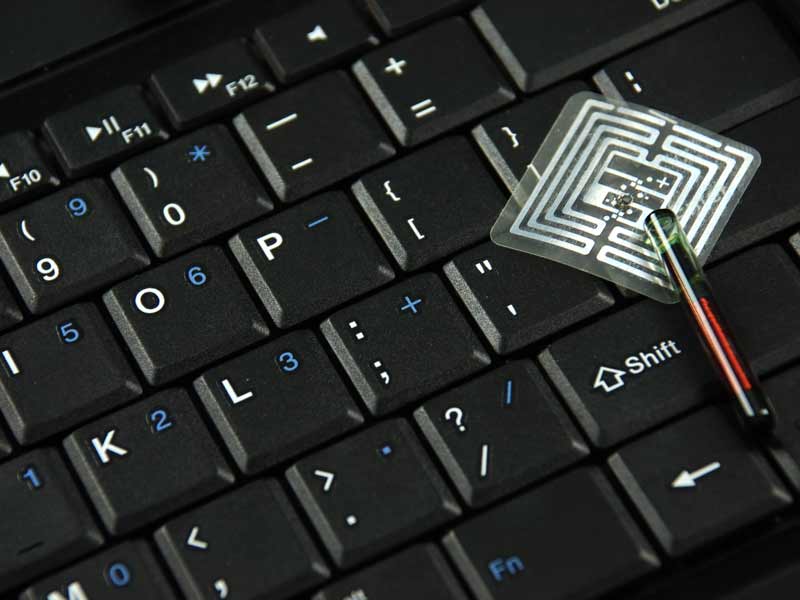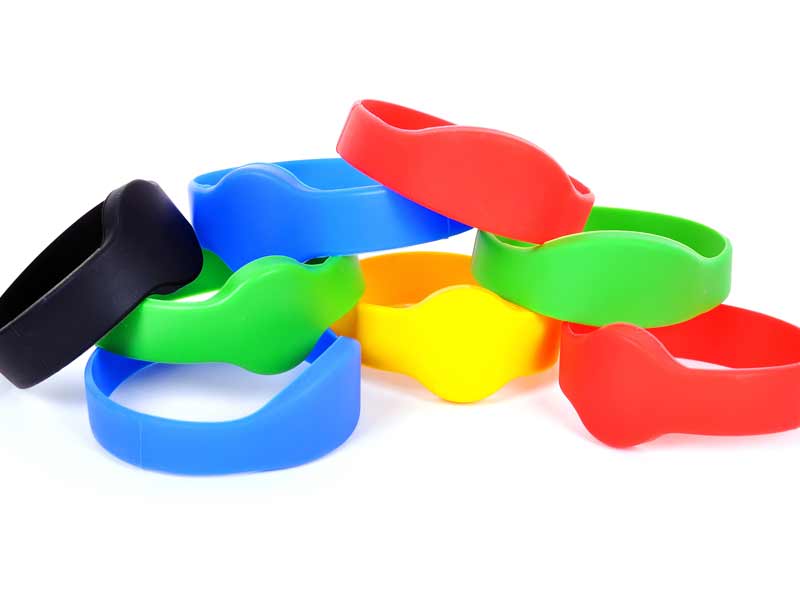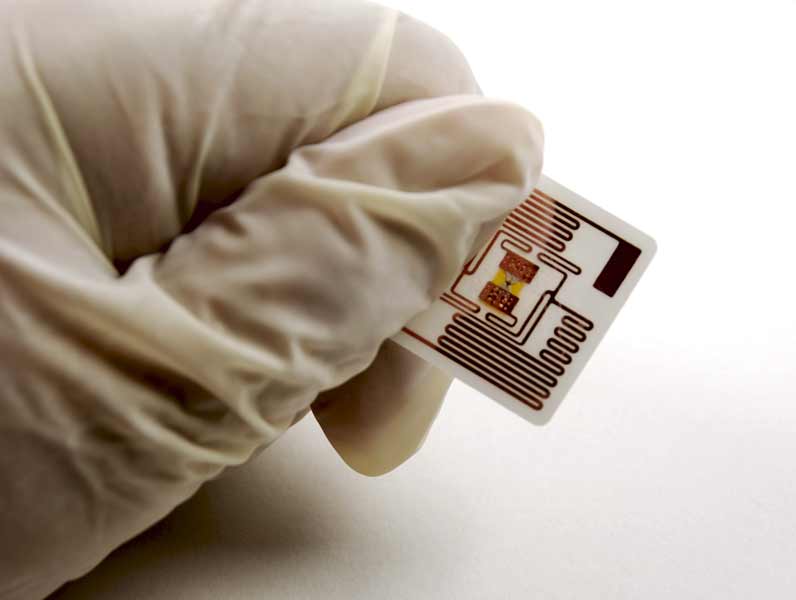RFID is the abbreviation for radio frequency identification, a technology that supports
wireless transmission of different types of data.
It can help to turn an “ordinary” event into one that participants are guaranteed to remember thanks to just a badge or a wristband. What can RFID badges and wristbands be used for?
Entrance!
You just place the RFID wristband on the sensor and you’re in! This technology allows as many as 120 people to enter in a single minute. Read on to find out in more detail about this in the paragraphs below.
Payment!
Participants can connect their RFID with their debit or credit cards and use this to buy food and drinks, as well as anything else while at the event. It is very convenient when it comes to big events that draw a lot of visitors such as festivals, trade shows, or conventions.
Connecting with other event participants!
Business cards are slowly becoming a thing of the past. Imagine that you and the person you want to exchange contact info can just put your RFID badges against each other. Voila! The information is exchanged digitally. In fact, you don’t have to imagine – this technology has been in use for several years now. RFID wristbands can also have the feature to post announcements or photos for you on Facebook from the event you’re attending. They even include do check in locations. You would not believe how many options there are to be
creative about “dragging” your attendees into online communication at the event without them even getting their cell phones out.
The famous Belgian summer music festival Tomorrowland created a feature allowing
complete strangers press a heart – shaped button when they run into each other inside the festival boundaries, which sends notifications about anyone they met that day to their Facebook profiles. Are you intrigued? You are? Keep reading.
Now, if RFID is added another small feature called the UHF tag, you are also able to track your guests. But not in the old-fashioned way 🙂 So, the UHF tag is a special type of microchip that is installed in, for example, an RFID wristband that is worn at the event by the participants, allowing you to measure what will provide you with important feedback for the next event you’re planning. When RFID antennas and readers are placed in the right and key places, you always have an accurate picture of what “what goes on where.”
No more lines at the entrance!
We have already written about the importance of the first impression. And the first impression in this case is the very arrival to the event. As well established professionals in the business, you must have seen your fair share of crowded entrances so far. People arrive at around the same time, often in groups, and that creates long waiting lines. Especially when the event is such that it brings together a large number of participants. Of course, that’s when sweat starts to break. By using the UHF RFID tag, this can be completely avoided. RFID allows everyone to walk freely because it is automatically read on devices that are standing at the entrance, synchronized with the wristband/badge that the participants are
wearing. Which means no holdups. Most importantly, you leave a good impression, which – you’ll agree – is the most important thing.
You will find out which speakers drew the most attention from the attendees, and you will also know who stayed at which session for how long. With these information, you will have better insight into which topics and panelists were the most interesting, whom would the participants like to hear or see again, or which lectures were the most popular. At bigger events, where several workshops/panels/discussions are underway at the same time, the RFID reading devices should be set up at every entrance. As the participants arrive, the devices connect with their wristbands, count them, and record the time they spent in a certain place.
From here on, you can get more valuable information and insight into how successful your current business strategy is. This will help you identify the parts that did not turn out to be good or that require some changes. The demographics are paired with your attendees’ movements at the event, giving detailed insight into the interests and preferences of the audience. For example, the number of visits to specific lectures, the time that someone spent there, and the product presentations people attended help to paint a picture of what the participants are expecting from your event. When you have these information, you can compare them to those from the previous one, which in turn will help you a lot in planning the next event.
DID YOU KNOW?
In ideal conditions RFID tag can be
read in range of 5m, but if You are sitting
on metal or You are surrounded
by water, range can be significatly
smaller – even fewer than 1 m.
In addition to the myriad innovations brought about by adopting new technologies, using RFID has created perhaps the biggest revolution. Precisely because there are a countless possibilities for its use, as well as because – compared with other things – it’s not a big item in the budget. In any case, this is something we would definitely recommend!








































 Srpski
Srpski English
English